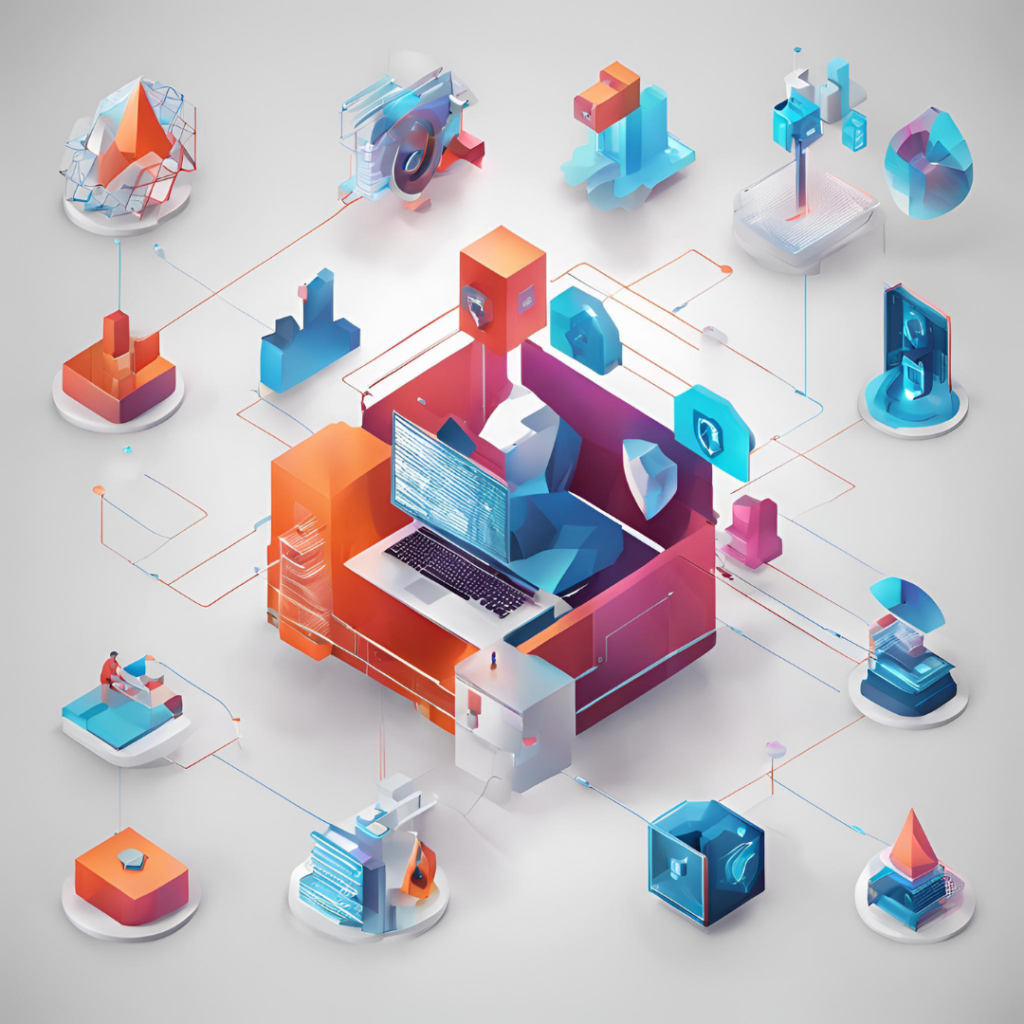In today’s digital age, cybersecurity has become a crucial aspect of our daily lives. From personal data to corporate secrets, the protection of information is vital. This blog will explore the core concepts of cybersecurity, providing a comprehensive understanding of its principles and practices.
What is Cybersecurity?
Cybersecurity is the practice of protecting systems, networks, and programs from digital attacks. These cyberattacks are usually aimed at accessing, changing, or destroying sensitive information; extorting money from users; or interrupting normal business processes.
Key Principles of Cybersecurity
- Confidentiality
- Confidentiality ensures that sensitive information is accessed only by authorized individuals. It involves measures such as encryption, access control, and authentication to protect data from unauthorized access and breaches.
- Integrity
- Integrity ensures the accuracy and completeness of data. This principle is crucial for maintaining the reliability of information by preventing unauthorized modifications. Techniques like checksums, hash functions, and digital signatures are used to uphold data integrity.
- Availability
- Availability ensures that information and resources are accessible to authorized users when needed. This involves maintaining hardware, regularly updating software, and creating redundancy systems to prevent disruptions caused by cyberattacks or technical failures.


Core Components of Cybersecurity
Human error is one of the most significant vulnerabilities in cybersecurity. Educating users about best practices, such as recognizing phishing emails, using strong passwords, and avoiding suspicious links, can significantly enhance overall security.
Network Security
Network security involves protecting the infrastructure and data within a network. This includes implementing firewalls, intrusion detection systems (IDS), and intrusion prevention systems (IPS) to monitor and defend against malicious activities.
Application Security
Application security focuses on keeping software and devices free of threats. Security measures at the application level can prevent data from being stolen or compromised. This involves secure coding practices, regular updates, and vulnerability testing.
Information Security
Information security protects the integrity and privacy of data both in storage and in transit. This involves implementing encryption, data masking, and access controls to ensure that sensitive information remains confidential and unaltered.
Operational Security
Operational security encompasses the processes and decisions for handling and protecting data assets. This includes managing permissions, determining how data is shared, and ensuring that data handling procedures are secure.
End-User Education
Human error is one of the most significant vulnerabilities in cybersecurity. Educating users about best practices, such as recognizing phishing emails, using strong passwords, and avoiding suspicious links, can significantly enhance overall security.
Lorem ipsum dolor sit amet, consectetur adipisicing elit, sed do eiusmod tempor incididunt ut labore et dolore magna aliqua. Ut enim ad minim veniam, quis nostrud exercitation.
Peter Jackson
Common Cyber Threats
- Malware
- Malware includes viruses, worms, trojans, and spyware. These malicious software programs can disrupt operations, steal sensitive information, and provide unauthorized access to systems.
- Phishing
- Phishing attacks involve tricking individuals into providing sensitive information, such as login credentials or financial information, by pretending to be a trustworthy entity in electronic communications.
- Man-in-the-Middle Attacks (MitM)
- MitM attacks occur when an attacker intercepts and relays messages between two parties who believe they are communicating directly with each other. This can result in data theft or unauthorized access.
- Denial-of-Service (DoS) Attacks
- DoS attacks aim to make a network or service unavailable to its intended users by overwhelming it with a flood of internet traffic. Distributed Denial-of-Service (DDoS) attacks involve multiple systems to launch the attack, making it more difficult to mitigate.
- Ransomware
- Ransomware is a type of malware that encrypts a victim’s data, with the attacker demanding a ransom to restore access. This can cause significant disruptions and financial losses for individuals and organizations.
Best Practices for Cybersecurity
Regularly train employees and users on the latest cybersecurity threats and best practices. Encourage a culture of security awareness within the organization.
Use Strong Passwords
Create complex passwords that are difficult to guess and use different passwords for different accounts. Implement multi-factor authentication (MFA) for an added layer of security.
Regularly Update Software
Keep software and systems updated to protect against known vulnerabilities. Enable automatic updates where possible.
Backup Data
Regularly back up important data to ensure that it can be restored in case of a cyberattack or technical failure. Store backups in a secure location.
Implement Security Policies
Develop and enforce comprehensive security policies that outline procedures for protecting data, responding to incidents, and educating users.
Conduct Security Training


Regularly train employees and users on the latest cybersecurity threats and best practices. Encourage a culture of security awareness within the organization.
Conclusion
Cybersecurity is a complex and ever-evolving field that requires a proactive and comprehensive approach. By understanding and implementing the core concepts of cybersecurity—confidentiality, integrity, and availability—individuals and organizations can protect their data and systems from malicious threats. Regularly updating security measures, educating users, and staying informed about the latest threats are essential steps in maintaining a robust cybersecurity posture.



